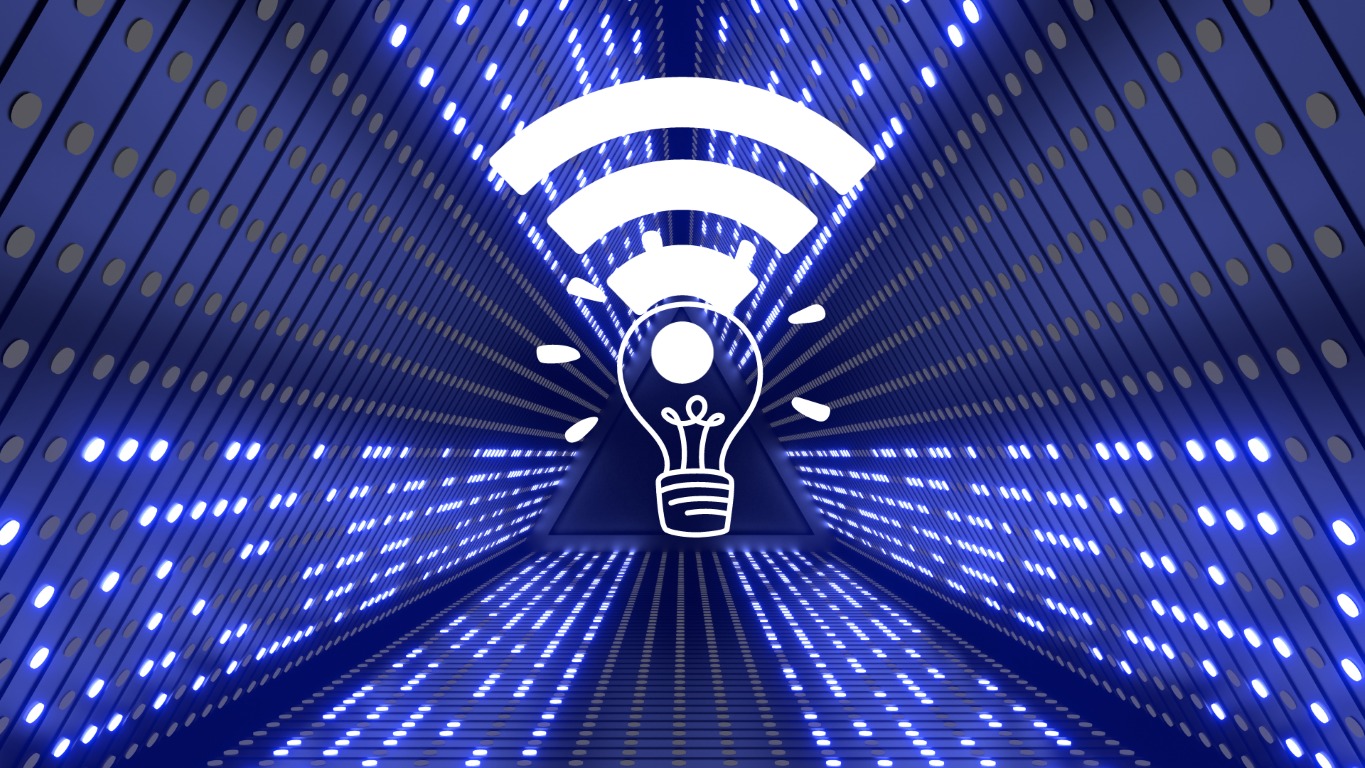Introduction:
In the rapidly evolving landscape of wireless communication, researchers and engineers are constantly exploring innovative technologies to meet the increasing demand for faster and more reliable connectivity. One such groundbreaking technology that has emerged in recent years is Li-Fi, which stands for Light Fidelity. This article delves into the concept of Li-Fi, its working principles, and explores why it might be a compelling alternative to traditional Wi-Fi.
Understanding Li-Fi:
Li-Fi is a wireless communication technology that utilizes visible light to transmit data. It is based on the principle of Visible Light Communication (VLC), where light-emitting diodes (LEDs) are used to transmit data by modulating the light at extremely high speeds. The data is encoded in the changes of light intensity, and photodetectors receive the signals, converting them back into binary data.
Advantages of Li-Fi over Wi-Fi:
- Speed: One of the primary advantages of Li-Fi is its incredible speed. Li-Fi has the potential to achieve data transfer rates that are significantly faster than traditional Wi-Fi. With the capability to modulate light at a frequency in the range of several gigahertz, Li-Fi can provide data transfer rates in the range of multiple gigabits per second, surpassing the current Wi-Fi standards.
- Bandwidth: Li-Fi operates in the visible light spectrum, which is orders of magnitude larger than the radio frequency spectrum used by Wi-Fi. This abundance of available bandwidth reduces the likelihood of signal interference and congestion, resulting in a more reliable and efficient communication channel.
- Security: Li-Fi offers enhanced security compared to Wi-Fi. Since light signals do not penetrate through walls, Li-Fi communication is inherently more secure and less susceptible to unauthorized access from outside the intended coverage area. This characteristic makes Li-Fi an attractive option for applications where data security is paramount.
- Low Interference: Radio frequency interference is a common issue in crowded Wi-Fi environments. Li-Fi, operating in the optical spectrum, experiences minimal interference from other electronic devices, making it an ideal choice for environments where the electromagnetic spectrum is congested.
- Energy Efficiency: Li-Fi systems can be more energy-efficient than Wi-Fi. LED bulbs, commonly used for Li-Fi, are already a part of energy-efficient lighting solutions. By integrating Li-Fi with lighting infrastructure, it becomes possible to provide both illumination and data communication simultaneously, resulting in energy savings.

Challenges and Considerations:
While Li-Fi presents exciting possibilities, it is essential to acknowledge some challenges and considerations. Li-Fi’s reliance on light signals means it is susceptible to obstacles like walls, and its effectiveness may be affected in outdoor or highly lit environments. Additionally, devices must be in the line of sight for optimal communication, which could limit its applicability in certain scenarios.
Conclusion:
Li-Fi represents a promising leap forward in wireless communication technology, offering unparalleled speed, security, and efficiency. While Wi-Fi continues to be the dominant technology for widespread connectivity, Li-Fi’s unique advantages make it a compelling option for specific use cases where high-speed, secure, and interference-free communication is critical. As research and development in Li-Fi progress, it will be fascinating to see how this technology evolves and integrates into our increasingly connected world.
